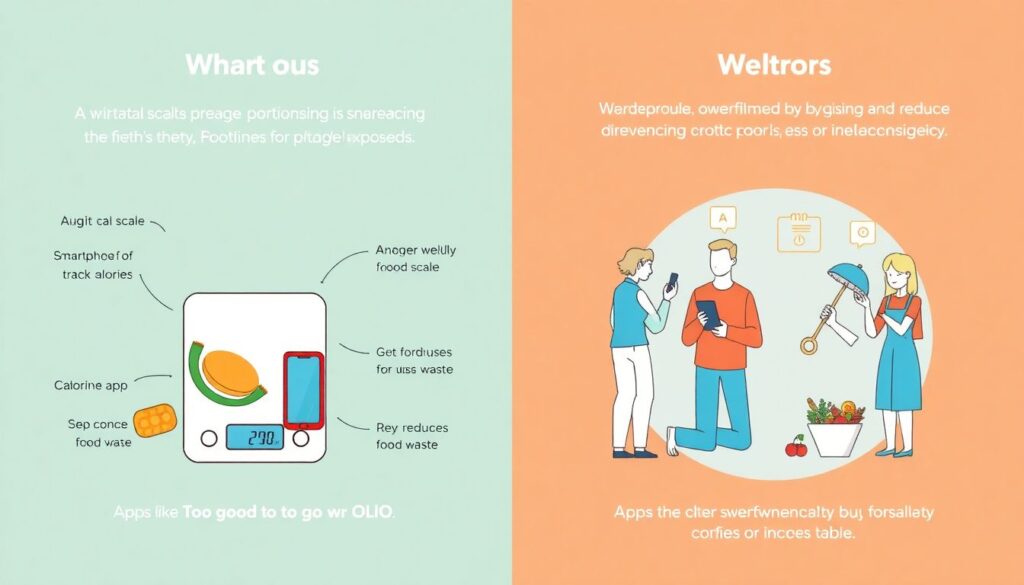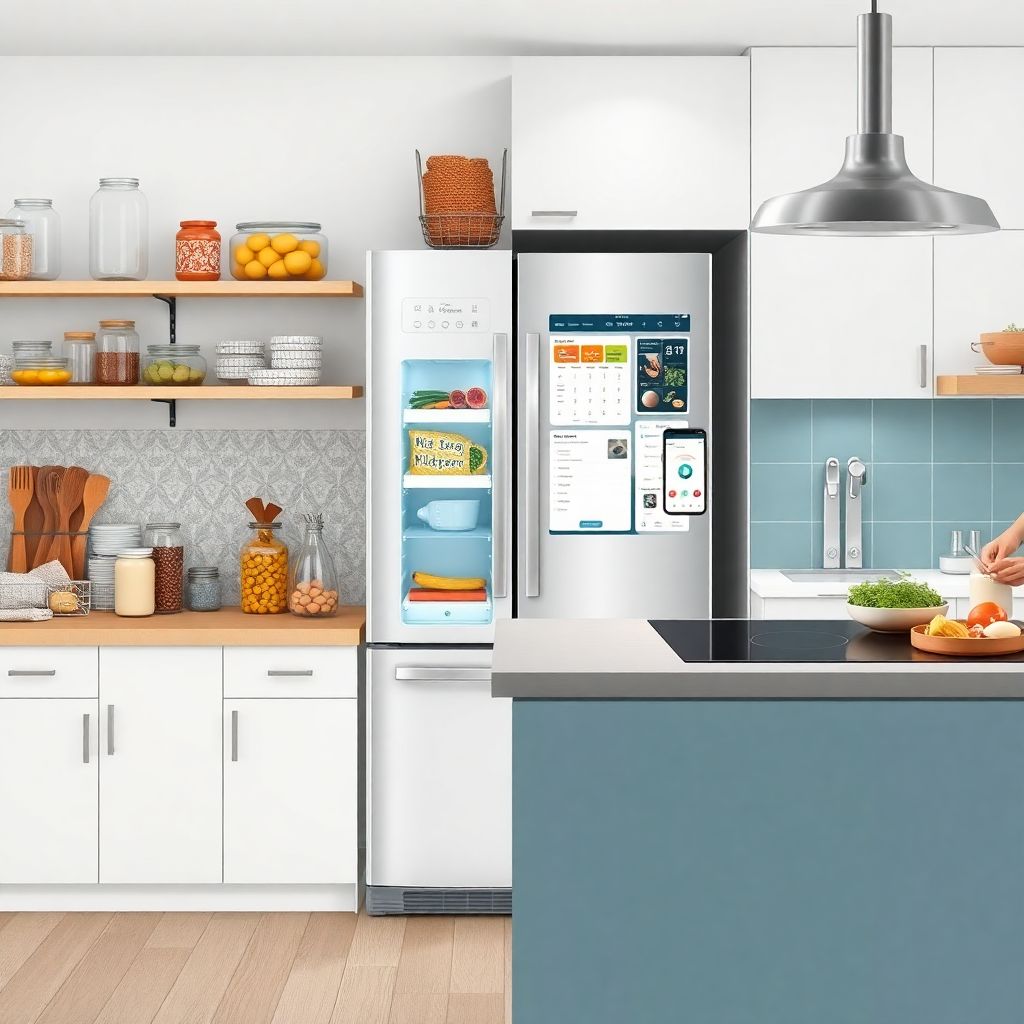Smart Kitchen Strategies for Frugal Living: How to Cut Costs Without Compromising Quality
In the pursuit of frugal living, the kitchen often becomes the frontline where savings and sustainability intersect. From home cooks to seasoned meal preppers, many are adopting innovative cost-cutting hacks that not only reduce grocery bills but also minimize waste and energy usage. However, not all approaches are equally effective, and beginners frequently fall into common traps. This article provides a detailed analysis of current strategies, technological tools, and 2025 trends, helping you make informed, budget-conscious decisions.
Comparing Cost-Cutting Approaches: DIY vs. Tech-Driven Solutions

Frugal kitchen strategies generally fall into two categories: traditional, manual methods and modern, tech-enhanced tactics.
Traditional methods include batch cooking, ingredient substitution, and pantry rotation. These are low-maintenance and cost-free but rely heavily on consistency and time investment. Tech-driven solutions, such as smart fridges, meal-planning apps, or digital kitchen scales with recipe integration, offer automation and precision.
While technology introduces efficiency, it also comes at an initial financial cost. For example, a smart composting appliance might reduce organic waste, but the upfront investment could outweigh short-term savings. Meanwhile, DIY strategies require habit-building and discipline—qualities that many new home cooks underestimate.
Pros and Cons of Kitchen Technologies

Tech tools can streamline frugal practices, but they’re not universally beneficial. Here’s an analytical breakdown:
Pros:
1. Precision – Digital tools can measure portions and calories accurately, reducing overuse of expensive ingredients.
2. Waste Tracking – Apps like Too Good To Go or OLIO help reduce food waste by connecting users with surplus food nearby.
3. Energy Monitoring – Smart appliances can optimize electricity use, especially relevant with 2025’s projected energy price increases.
Cons:
1. Cost Barrier – Smart gadgets usually have a high entry point, which contradicts the goal of immediate savings.
2. Learning Curve – Many apps are data-heavy and not user-intuitive for those unfamiliar with food tracking or digital recipe planning.
3. Maintenance & Updates – Tech solutions require regular updates or battery replacements, which adds another layer of upkeep.
Recommendations for Choosing the Right Cost-Cutting Methods
Choosing the most effective cost-saving strategies depends on lifestyle and cooking habits. Here’s what to prioritize:
1. Start with Manual Habits First
Before purchasing a $200 kitchen gadget, master the basics: freeze leftovers properly, plan meals around seasonal produce, and maintain a zero-waste pantry.
2. Evaluate ROI on Kitchen Electronics
Consider how often you cook. If meal prepping is part of your weekly routine, a food vacuum sealer or energy-efficient induction cooktop might pay off in the long term.
3. Adopt Hybrid Practices
Mix low-tech and high-tech approaches. For example, use a free meal planner app to organize weekly menus, but do your vegetable chopping manually to avoid unnecessary appliance purchases.
4. Check for Community Resources
Local “food share” programs or cooking co-ops can provide bulk buying opportunities or shared equipment use.
Top 2025 Trends in Frugal Cooking

The landscape of cost-efficient cooking continues to evolve. As of early 2025, several shifts are noticeable:
– Rise of “Zero-Waste Cooking Kits”: Subscription boxes now include surplus or imperfect produce, encouraging sustainable consumption at lower prices.
– AI-Powered Meal Planners: Apps are beginning to integrate AI that adapts meal plans based on what’s already in your fridge, reducing last-minute grocery runs.
– Community-Based Cooking: Urban neighborhoods are launching shared kitchens where individuals cook in bulk together to split costs and resources.
– Induction Dominance: With energy prices rising, induction stoves are becoming more popular due to their energy efficiency and precise heat control.
Common Mistakes Beginners Should Avoid
Unfortunately, even with the best intentions, newcomers often derail their frugal journey early on. Recognizing these pitfalls is crucial:
1. Overbuying in Bulk
While bulk purchasing can cut costs, it becomes wasteful if items spoil before use. Always assess storage capacity and consumption rate first.
2. Impulse Gadget Purchases
A digital air fryer or sous-vide stick may seem cost-saving, but unless used regularly, it becomes an expensive dust collector.
3. Ignoring Energy Usage
Keeping appliances plugged in or overusing the oven for small meals can silently increase utility bills.
4. Lack of Meal Planning
Skipping meal prep leads to spontaneous purchases—often the most expensive kind. A simple weekly plan can curb this issue dramatically.
5. Not Learning Basic Cooking Skills
Relying heavily on processed foods or pre-made sauces undermines both cost and health goals. Embracing basic techniques like sautéing, fermenting, or roasting can significantly cut meal expenses.
—
Adopting frugal kitchen habits is more than just cutting coupons or buying cheap ingredients. It’s a comprehensive lifestyle adjustment that balances time, money, and energy. By understanding the strengths and weaknesses of each approach, and by avoiding rookie errors, you can build a cost-conscious kitchen that’s both efficient and sustainable.

